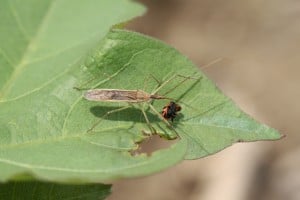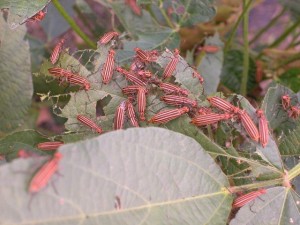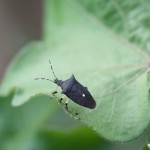Some places have received much needed rain and chances are good for scattered showers the rest of this week (7/7-7/12). Don’t be surprised if you find large numbers of squares on the ground after a good rain and some cloudy conditions. This response is frequently seen in cotton that has been drought stressed. Essentially the plant is trying to build more biomass to support later fruit at the expense of current squares. When this happens monitor plant growth closely and use plant growth regulators accordingly.
Much of our rain-fed (dryland) crop has about a bale of yield potential. Rain will improve yield, but will likely cause a fruiting gap leading to two crops on the same plant. While more yield is a good thing, this will also increase the period of scouting and maintaining insect/weed control. Harvest aid decisions will need to be based on a field by field basis to make sure we are maximizing yield and not sacrificing quality (discounts for micronaire and color). We will cross the harvest aid bridge when we get there, it is just some food for thought to help with late season planning.



